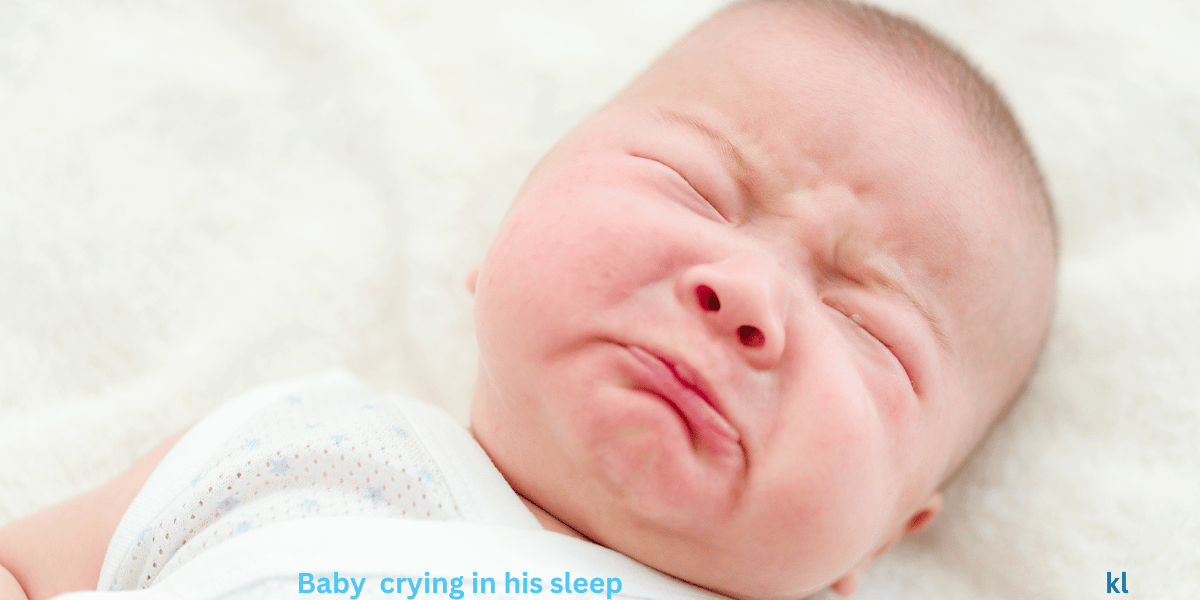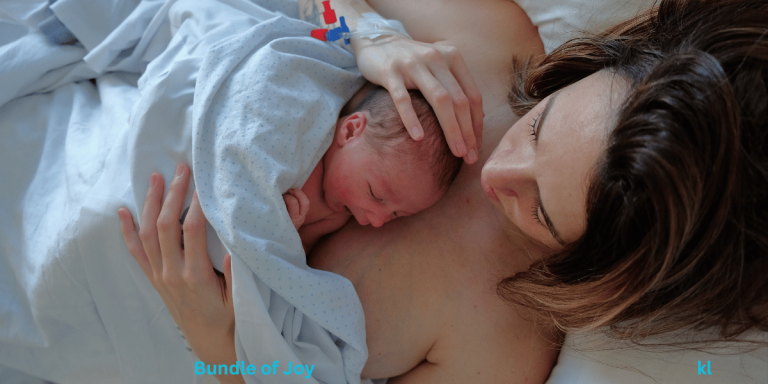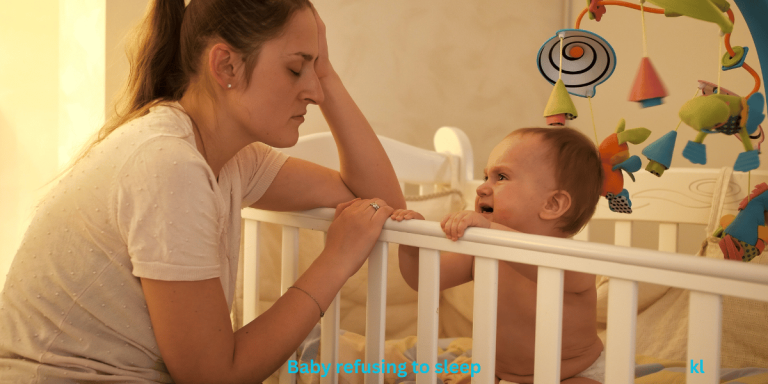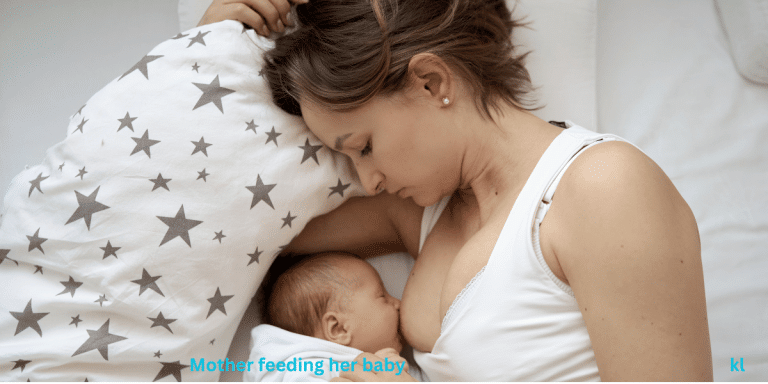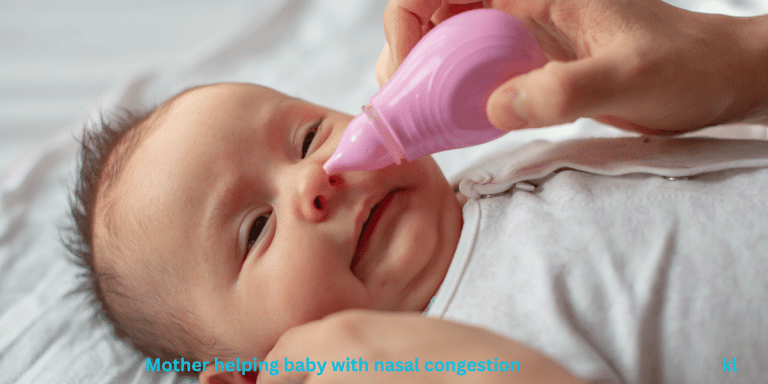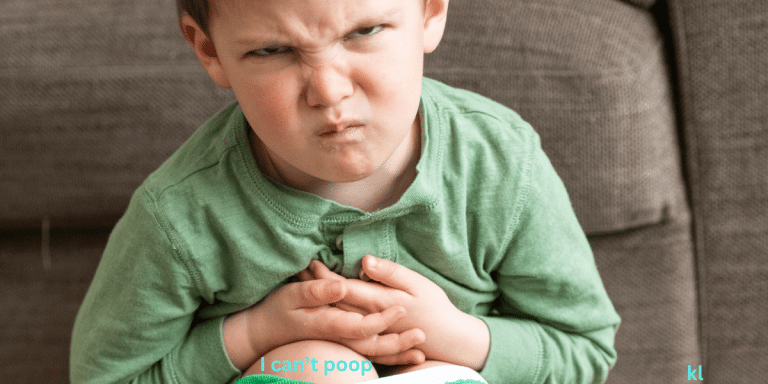Did you know that 40% of parents report their babies crying during sleep at least once per night? As a mom who’s spent countless nights wondering “Is this normal?”,
I completely understand the worry that comes with hearing those midnight cries! While it can be heart-wrenching to hear your little one crying during sleep, understanding the reasons behind it can help ease your mind and guide you toward effective solutions.
In this guide: Baby Crying in Sleep? Reasons & Proven Solutions from Real Moms, we’ll dive into the reasons and share proven solutions from real moms who’ve been there.
Get ready to uncover the secrets to a peaceful night’s sleep and take control of those sleepless nights—trust me, it’s possible!
Understanding Sleep Crying Patterns
Understanding baby crying sleep patterns can help ease your worries and give you the confidence to respond appropriately.
Not all cries are created equal! Some babies whimper or fuss lightly in their sleep, while others let out a full-on wail before settling down again. Sleep crying frequency varies depending on your baby’s age, temperament, and infant sleep phases. Here are some common types of cries you may hear:
- Light Whimpering or Grunting – This is usually a sign that your baby is in active sleep (also called REM sleep). Their tiny bodies are still learning to regulate baby sleep behavior, and they might make noises without fully waking up.
- Sudden Cries That Stop Quickly – Babies often cry out briefly when transitioning between sleep cycles. If they settle within a few seconds, there’s no need to intervene.
- Persistent or Escalating Cries – If your baby’s cries become louder or more rhythmic, it could indicate discomfort, hunger, or a full wake-up. According to ScienceDirect, 5-minutes carrying soothes crying babies and promotes sleep especially when it is caused by discomfort.

Normal Sleep Patterns at Different Age Stages
Your baby’s infant night patterns will evolve as they grow. Here’s a quick breakdown of what to expect:
- Newborns (0-3 months): Their sleep cycles are short (around 50 minutes), and they spend a lot of time in active sleep, which means more baby sleep sounds like grunts, whimpers, and light crying.
- 4-6 months: Sleep cycles lengthen, and babies start connecting them better. However, baby sleep habits can still include crying during transitions.
- 6-12 months: More consolidated sleep, but infant crying patterns may still show up due to teething, growth spurts, or sleep regressions.
Distinction Between Sleep Crying and Night Wakings
A key question parents ask including myself is, “Should I respond every time my baby cries in their sleep?” The answer depends on the type of cry.
Sleep crying analysis shows that brief whimpers or fussing often resolve on their own, while louder, more prolonged cries may indicate full wakefulness. If your baby is truly awake, they’ll likely open their eyes, move more, and continue crying until comforted.
Sleep Cycle Transitions and Their Impact on Crying
Babies experience infant sleep quality fluctuations as they transition between sleep cycles. Adults do, too—we just don’t remember it! These transitions often cause brief wake-ups, but some babies cry out as they shift from deep sleep to light sleep.
Understanding these natural shifts can help parents avoid unnecessary interventions and encourage self-soothing.
Common Reasons Behind Baby Crying in Sleep
Understanding the reasons for a baby crying in sleep can help you figure out what’s going on and give you peace of mind.
Environmental Factors: Room Temperature or Noise
Sometimes, it’s as simple as your baby’s environment not being quite right. The room temperature may be too hot or too cold, or there could be too much noise around.
When preparing your home for your baby, it’s crucial to ensure their environment is comfortable and conducive to sleep.
Babies are sensitive to environmental changes, and they’ll definitely let you know if something’s off. Keeping their room at a comfortable temperature (around 68–72°F or 20–22°C) can help them sleep more soundly.

White noise machines or soft music can also drown out other sounds and create a more peaceful environment.
Health-related issues Like Reflux or Ear Infections
Crying during sleep can also be a sign that something physical is bothering your baby. Health-related issues like acid reflux or ear infections can make it difficult for your baby to sleep comfortably.
Reflux, for instance, causes discomfort when stomach acid backs up into the esophagus, leading to more fussiness and crying at night.
If your baby’s crying seems to be accompanied by signs like arching their back or spitting up frequently, it might be worth checking with your pediatrician.
Similarly, if your baby is tugging at their ear or showing signs of pain while lying down, they could have an ear infection, which requires medical attention.
Sleep Regressions and Teething Discomfort
Ah, baby sleep regression—every parent’s favorite! These phases happen when your baby’s sleep patterns suddenly change, and they can be frustrating for both parents and babies.
Whether it’s the 2-month or 6-month sleep regression, babies experience changes in their sleep cycles, and their ability to self-soothe can go out the window. This usually leads to more crying at night.
On top of that, teething and sleep training don’t mix well. As those tiny teeth start pushing through, your baby may experience discomfort, for example, congestion, that disrupts their sleep, causing more crying than usual.
A sore mouth can make it difficult for babies to settle back into sleep, and you might find that extra soothing or even some baby-safe teething remedies can help.

Overstimulation and Changes in Routine
Sometimes, managing overstimulation is the key to solving nighttime crying. Babies are very sensitive to what happens during the day, and too much noise, light, or activity before bedtime can cause them to become overstimulated.
If you’ve had a busy day or introduced a lot of changes (new toys, a trip, etc.), it might show up as a restless night with crying during sleep.
Establishing a calming baby bedtime routine can help prevent this, but if it happens, try offering some quiet time or dimming the lights for a more peaceful transition to sleep.
Developmental Milestones Affecting Sleep
As babies grow and develop, they experience big milestones that can impact their sleep. Whether it’s learning to roll over, sit up, or crawl, these milestones are exciting but can disrupt sleep temporarily.
Babies may cry more at night as they process these new skills and try them out during their sleep cycles. Although it’s frustrating, try to keep your baby’s sleep routine as consistent as possible and give them some extra comfort as they adjust.
Age-Specific Sleep Crying Solutions
Every parent knows that a baby crying during sleep isn’t a one-size-fits-all situation. As your baby grows, their sleep needs and patterns change, and so should your approach to calming their nighttime cries.
Newborn Sleep Crying Management (0-3 Months)
When you first bring your baby home, ultimate care is at its peak, hence making it feel like every cry is an emergency.
But in these early weeks, baby’s sleep development is still in the works. Newborns often cry in their sleep due to hunger, discomfort, or even just adjusting to the world outside the womb.
At this stage, the baby’s sleep schedule can be all over the place, with frequent wakeups for feeding and diaper changes.
Solutions for newborns include sticking to a consistent baby bedtime routine that involves calming activities like swaddling, gentle rocking, or soothing sounds.
Make sure their crib is safe and comfortable, and remember that babies this age can’t yet self-soothe, so you may need to offer comfort more frequently.
Infant crying management during this time is about trial and error, so don’t stress if you can’t get them to sleep through the night just yet! Keep offering comfort, and things will improve as their sleep cycles mature.

Solutions for Older Babies (4-12 Months)
As your baby reaches 4 months, they start to enter a more predictable sleep crying management phase. Their sleep cycles are becoming more established, but teething, sleep regressions, and separation anxiety might still cause issues.
If your baby is crying at night, they might need comfort, but they’re also beginning to learn about sleep-crying prevention techniques.
Soothing techniques for this age include gentle baby sleep routines such as incorporating a calming bedtime ritual, like a warm bath followed by soft music. do not forget that month four is also the perfect month to introduce sleep training according to experts.
If your baby has already begun to develop a certain infant sleep habit, such as sucking on a pacifier or being rocked to sleep, try to gently reduce your reliance on those sleep props over time.
This way, your baby can eventually learn to self-soothe and settle back to sleep on their own. If they wake up crying during the night, try giving them a few minutes to see if they can settle themselves back down.
Addressing Toddler Sleep Crying (1-3 Years)
When your baby turns into a toddler, their sleep needs still evolve, and sleep crying solutions need to adjust accordingly. By now, toddlers are likely more vocal about their discomforts, whether it’s from nightmares, teething, or a fear of being left alone.
At this stage, baby night comfort becomes even more important as they develop separation anxiety. The best sleep-crying treatment for toddlers involves acknowledging their fears while helping them build independent sleep skills.
Adapting strategies as your baby grows might mean transitioning from co-sleeping to independent sleeping or dealing with sleep-crying guidance such as offering extra comfort during the night without immediately rushing to them at every cry.

Sleep crying prevention at this age can involve offering a consistent, comforting bedtime routine, ensuring the sleep environment feels safe, and being patient as they learn how to self-settle.
Proven Methods to Reduce Sleep Crying
After trying a few strategies, I realized there were some key areas I could focus on to get better results. Here’s what worked for me and many other moms looking for baby sleep solutions that really make a difference.
Establishing Effective Bedtime Routines
Consistency is a game-changer. One of the first things I did when my baby’s sleep patterns seemed erratic was work on creating a solid baby bedtime routine.
I started with something simple, like a warm bath, followed by a short story and dimmed lights to signal that it was time for bed.
This helped my baby connect the cues with sleep, reducing the number of night-wakings and making it easier for him to settle in. A predictable routine promotes calmness and signals your baby’s body that it’s time to wind down.
Remember, a calm bedtime routine can help you avoid sleep disruption solutions and eliminate those frustrating episodes of crying out of confusion or overstimulation.
The routine doesn’t have to be long or complicated, just something consistent that works for you both.
Creating an Optimal Sleep Environment
You know those nights when your baby just won’t settle, and you think, “Is it too hot? Too cold? Too noisy?” I’ve been there.
Creating a comfortable and soothing baby sleep environment can make all the difference. Babies are sensitive to temperature, light, and noise, so keeping the room cool (around 68-72°F), dark, and quiet can help reduce sleep crying.
Using blackout curtains or a white noise machine worked wonders for us. It’s crazy how something as simple as controlling light and sound can impact sleep quality.
If you’re unsure what your baby needs, observe how they reacts. If they wake up in a sweaty state, the room might be too warm. If they seem startled by every little sound, a white noise machine could help keep them calm.
Feeding and Schedule Adjustments
Sometimes, the root cause of sleep crying isn’t a sleep issue at all—it’s hunger or discomfort. Feeding adjustments can play a major role in improving sleep patterns.
For instance, making sure my baby was getting a solid feeding right before bed helped them sleep longer stretches at night.
I also found that sticking to an infant sleep schedule that included regular naps during the day helped them not get overtired, which can lead to more fussiness at night.

If you’re still in the early months, consider whether night feedings are contributing to the issue. Gradually increasing the time between night feedings (if your pediatrician says it’s okay) can lead to better sleep for both you and your baby.
Gentle Sleep Training Approaches
Now, let’s talk about baby sleep training. I get it—some parents swear by “cry it out,” while others lean toward gentler approaches.
For me, I chose a more gentle sleep training approach, like the “Ferber method” with gradual checks. The idea is that by slowly increasing the amount of time you let your baby cry, they learn to self-soothe and fall asleep without your constant intervention.
It’s not a perfect science, and every baby is different, but gentle sleep training methods can be highly effective in reducing sleep crying while keeping the emotional toll low.
It’s important to stay consistent with whatever method you choose, and don’t feel guilty—sleep-crying support is essential for both you and your baby.
Consistent Response Strategies and Handling Sleep Regression
Sleep regressions are a real pain, especially when you’ve just gotten your baby’s sleep back on track. But don’t worry; it’s totally normal.
When my baby hit the 4-month sleep regression, I found that staying consistent with our bedtime routine and response strategies was key.
This meant going back to basics with gentle soothing, calming music and sticking to a predictable sleep schedule, even when everything felt like chaos.
I also made sure to keep a close eye on my baby’s sleep patterns during these regression periods, noticing how long my baby was awake between naps or whether they were showing signs of being overtired.
Responding quickly to these signs can help mitigate crying. If your baby’s sleep patterns seem off, it could very well be due to sleep regression solutions that need a little more time to adjust.
Expert Tips & Recommended Baby Sleep Products
Over the years, I’ve learned that with the right expert sleep training advice and some carefully chosen sleep-friendly baby products, improving your baby’s sleep naturally becomes much more manageable.
First and foremost, sleep training milestones are crucial. These milestones vary by age, and understanding what your baby is going through can help you tailor your approach.
For example, during the early months, babies need help learning to self-soothe. That means you might want to start with gentle methods—like patting or picking them up until they calm down—before moving on to more independent sleep training techniques.

A sleep training strategy I recommend for those of you in the 4 to 6-month range is the “Ferber method.” It’s a gentle approach that involves gradually letting your baby learn to fall asleep on their own while checking on them at increasing intervals. It sounds tough at first, but trust me—it works.
Another piece of expert advice I wish I had known earlier is this: consistent response strategies are key to long-term success.
Whether you’re using the “Ferber method,” “no-cry sleep training,” or another method, staying consistent with your approach is vital. This means sticking to your plan, even when things seem tough.
Now, let’s dive into the must-have baby gear checklist that not only helped me sleep better but also made a world of difference in my baby’s sleep.
While successful sleep training relies on consistency and patience, having the right products can make the process smoother and more effective.
When to Seek Professional Help
As a parent, you may feel completely overwhelmed when your baby is crying in their sleep, especially when it becomes a regular occurrence.
But how do you know when it’s just a normal phase of development and when it’s time to seek professional help? Understanding the red flags in sleep crying patterns and being aware of any underlying issues can make a huge difference in your approach and your peace of mind.
Red Flags in Sleep Crying Patterns
First things first: not all crying is created equal. Babies will cry at night for all sorts of reasons. Keep an eye out for these sleep-crying signs that could indicate something more serious:
- Crying that lasts for prolonged periods (over an hour) despite following a soothing routine.
- Sudden changes in your baby’s sleep behavior, like increased night-waking or excessive daytime sleepiness.
- Crying that seems to be accompanied by physical discomfort, like arching their back or pulling at their ears.
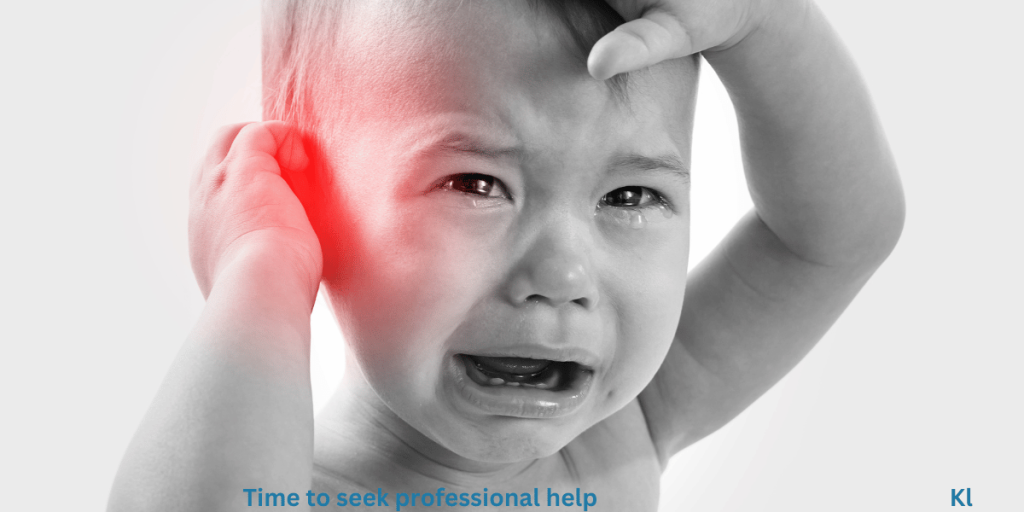
- A significant change in your baby’s mood or alertness during the day (lethargy or excessive irritability).
These sleep-crying signs should never be dismissed, especially if they’re outside the usual range of baby sleep behavior.
Remember, trust your instincts—you’re the one who knows your baby best! baby’s developmental stage and health needs.
Working with Your Pediatrician
If you’re unsure about the cause of your baby’s sleep crying or if you’ve noticed concerning symptoms, don’t hesitate to reach out to your pediatrician.
They’re your first line of defense when it comes to identifying health-related sleep-crying issues.
Your pediatrician will likely assess your baby’s growth, behavior, and any underlying conditions, helping you determine whether further intervention is needed.
If the pediatrician suspects a health problem like reflux or an ear infection, they can guide you through treatment options. In some cases, they might refer you to a sleep specialist if the sleep crying persists despite medical intervention.
Remember, you’re not alone in this journey! While sleep crying can be challenging, implementing the right strategies consistently can make a significant difference.
Trust your parental instincts, stay patient with the process, and don’t hesitate to reach out for professional support if needed. Sweet dreams are possible for both you and your little one!

